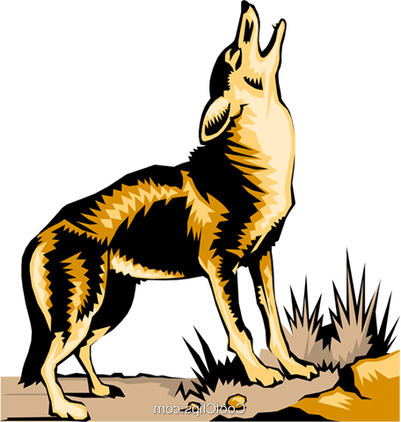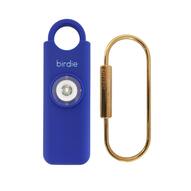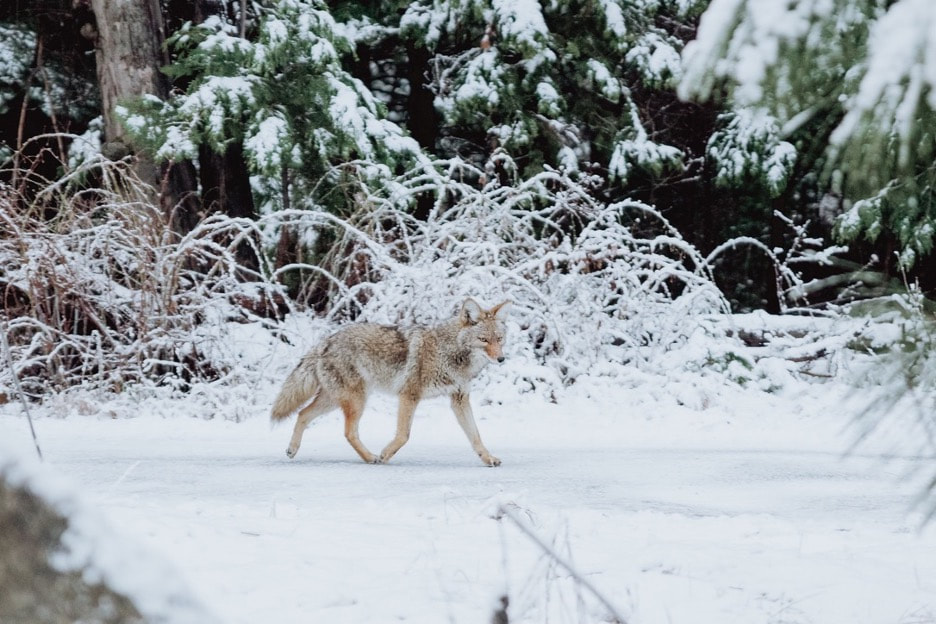
Coyote attacks on pets might increase during the mating season when coyotes are more territorial. Research suggests that male coyotes in particular are not more aggressive. While not as pack-centered as wolves, all coyotes in a pack may defend their territory if they felt something was going to endanger their young, which is why during these periods it is important to NOT have your dogs’ off leash, in particular in wooded areas.
There are natural habits where coyotes are more likely to have their dens, in places such as hollowed out logs, rock formations, or dense shrubs or bushes. If your dog innocently goes sniffing near a den that is when they are more likely to be attacked. It has been shown that attacks on medium to large dogs increase at this time as coyotes see them as more of a threat especially when they are near to their den with young pups inside. Viral and bacterial diseases flourish more in coyotes than almost all other carnivorous wildlife due to their diverse diet and and wide array of habitats. Research also shows that coyote attacks on smaller dogs or cats can increase during the pup rearing season (May through to August) rather than the breeding season. This is largely due to the need for more food for the young coyote pups. Tips for keeping pets safe from coyote attacks
Do not let small dogs or cats outside alone, even within a fenced in yard, during the day or during the evening hours, unsupervised. If you do, avoid doing so from dusk until dawn. As I had mentioned above, do not let your dog run off-leash in the woods, especially during winter or spring. If your dog doesn’t stay close to you when off-leash, there is a greater danger that they could run into a pack of coyotes. During mating season, coyotes might be more territorial, and during pup rearing season, they may defend their den or pups. Instead you should opt for putting them on a longer leash allowing them to roam a little farther out. Having the safety of the leash attached to them allows you to keep them close and get them back to you should you need to. This is especially important if your dog does not have a good recall.
Do not leave food scattered around outside such as residue from bird feeders or unsecured garbage especially at night. This will encourage them to come to your yard and coyotes that regularly eat human food are more likely to have conflicts with humans or pets. Lastly, have a strategy in place in the event that you go into your backyard and see a coyote, or if you are out walking your dog and see or sense a coyote. The most common advice is to make loud noises to frighten the predators. I carry a Birdie personal safety alarm which has a 130 dB siren, something as loud and noisy as that will scare them away. Alternatively, you can purchase a whistle, inexpensive and again a loud noise that will scare them away. These animals are a protected species in our environment and are part of the natural wildlife. It is important to preserve them but to respect the fact that they are wild animals and to live in harmony with them follow the guidance to keep yourselves, your children and your pets safe and free from harm.
0 Comments
Your comment will be posted after it is approved.
Leave a Reply. |
AuthorWrite something about yourself. No need to be fancy, just an overview. Archives
June 2024
Categories |


 RSS Feed
RSS Feed